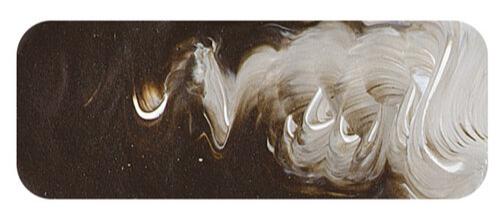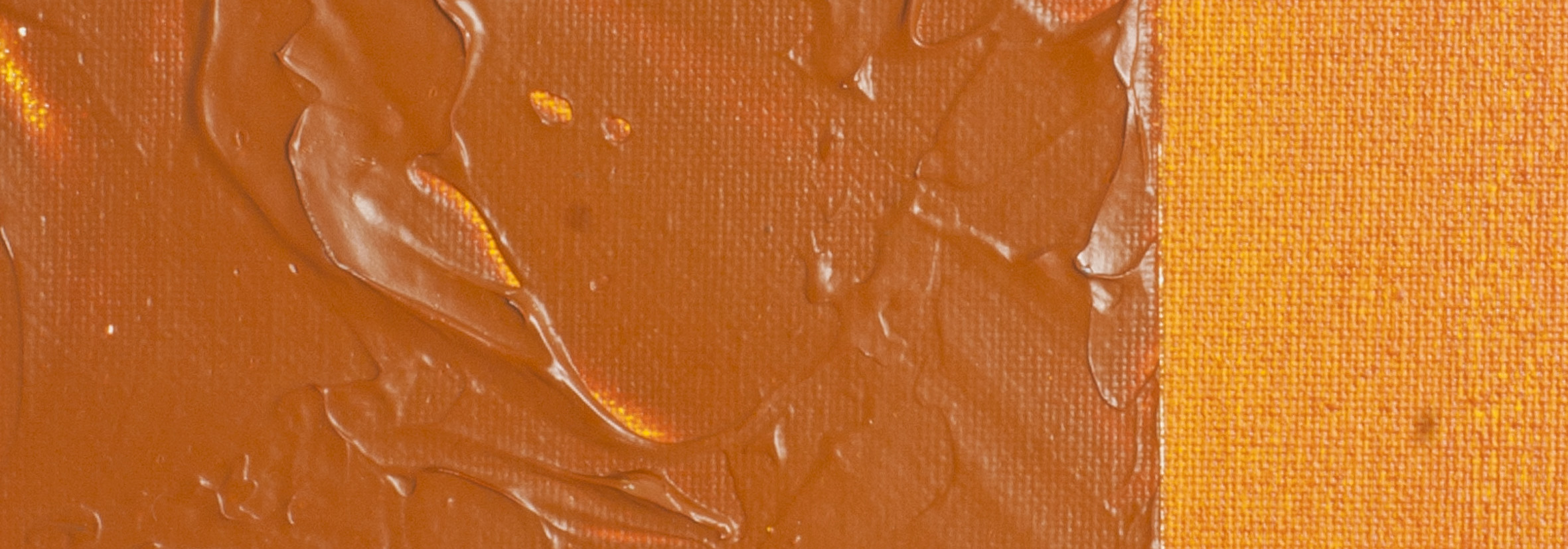Skin Tone Deep | Matisse Acrylic Paint
化学物質の概要:合成および天然の酸化鉄と塩素化銅フタロシアニンの混合
Pigment Number: PBr7 PR101 PG7
Lightfastness Rating: ASTM I
Pigment Opacity: Semi-transparent
Paint Opacity: Semi-transparent
Series 1

Skin Tone Deep | Matisse Acrylic Paint
Ancient Roots and Royal Portraits
Portraiture boasts a rich history dating back to the stylized images crafted by the Greeks and Egyptians. The Middle Ages ushered in religious iconography and royal family members as prominent subjects. However, it was the Renaissance era that witnessed significant innovations, giving rise to the tradition of portrait miniatures which endured until the advent of photography.
The Artistic Challenge: Realistic Flesh Tones
A perpetual challenge for both ancient and modern portrait artists revolves around capturing realistic flesh colours. Human skin, with its myriad tones, undergoes variations under different lighting conditions. Overcoming this challenge requires a nuanced approach.
Matisse's Palette for Realistic Skin Tones
In addressing the complexity of skin tones, Matisse introduced three specific colours – Skin Tone Deep, an ideal foundation for recreating darker skin tones. Comprising Raw Umber, Transparent Red Oxide, and Phthalocynine Green, this palette offers a starting point.
Creating Depth and Highlights
While Skin Tone Deep can be used straight from the tube, it's designed for modification. To achieve depth and highlights, artists blend it with additional Matisse colours. Recognizing that human skin is not one-dimensional, artists must adopt a varied approach to painting flesh tones, embracing a range of hues.
Practical Tips for Blending
To create a spectrum of skin tones, artists can use Skin Tone Deep as a base, referring to a photograph for guidance. The photograph serves as a visual reference to mix the desired shades. A crucial tip is adding small amounts of dark colours to light ones, offering efficiency and desired outcomes.
Exploring Additional Acrylic Colours
While specific formulas depend on the subject, other acrylic colours prove valuable for blending skin tones. Titanium White, Unbleached Titanium, Naples Yellow Light, Cadmium Red, Cadmium Yellow Medium, Yellow Oxide, Burnt Sienna, Burnt Umber, Cobalt Blue, and Phthalocynine Green are worth considering.
Experimentation and Self-Reference
For artists experimenting with skin tones sans a real-life subject, one's own hand can serve as a reference point. This hands-on approach provides an opportunity to refine skills and explore the nuances of colour blending.
In navigating the rich tapestry of portraiture, artists find inspiration from historical roots, tackle challenges creatively, and experiment with palettes to bring forth the depth and vibrancy of the human form.
Safety Data Sheet for Matisse Skin Tone Deep (SDS)
To view or download a copy of Skin Tone Deep SDS, please CLICK HERE * (271kb)
*The above link will open an external Dropbox window
Skin Tone Deep is available in Matisse Structure, Matisse Flow

To install this Web App in your iPhone/iPad press ![]() and then Add to Home Screen.
and then Add to Home Screen.

